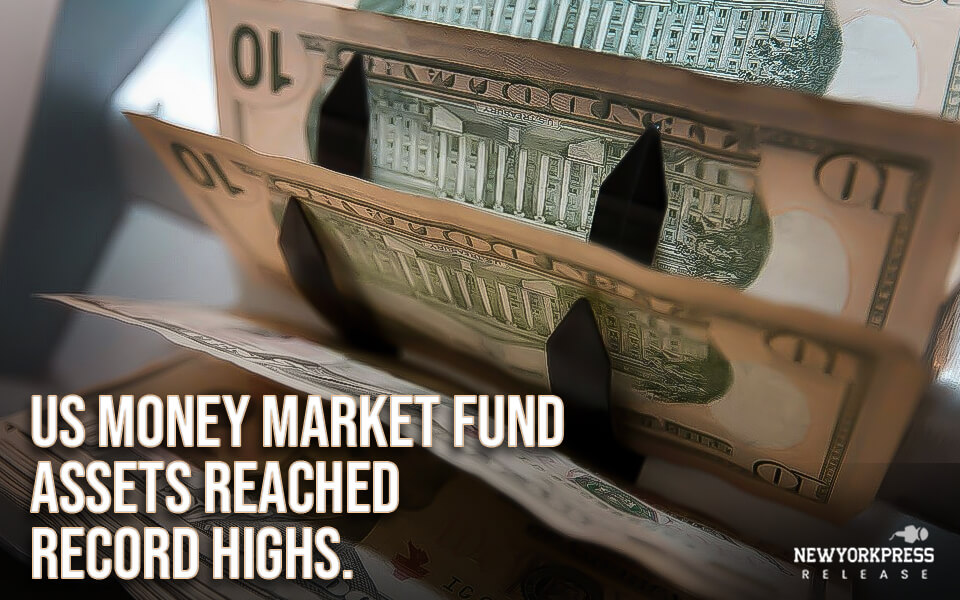U.S. money market fund assets reached an all-time high of $5.8 trillion this week as yield-seeking investors continued to shift to short-term debt securities, a clear difference from the 2011 debt ceiling standoff when there were massive withdrawals from the funds.
Money market mutual funds, a key source of short-term corporate and municipal financing, have accumulated $614.8 billion in net investments this year, $48 billion of which had come in the past seven days as of Monday, according to Crane Data.
The influx comes regardless of the rising worries that the White House and Republican lawmakers could fail to reach an agreement to raise the $31.4 trillion debt ceiling before the June 1 deadline, leading to a catastrophic collapse of the nation.
Although money market funds are believed to be safe havens, they have witnessed increases in prior crises, and government officials and rating agencies have advised that they may continue to be prone to quick redemptions in stressful times.
In 2008, the failure of Lehman Brothers caused a panic in money market funds, which also witnessed severe stress in March 2020 as COVID-19 shut down the economy. Both episodes led the government to safeguard the sector and review its rules.
According to the Investment Company Institute, investors pulled $66 billion out of money market funds in the week preceding the 11th-hour 2011 debt-ceiling deal, which caused Standard & Poor’s to downgrade the United States’ credit rating for the first time. The majority of the cash was put into bank deposits by investors.
However, there are many major distinctions this time that are boosting the industry. Higher interest rates are one of them, with money market funds now giving returns of up to 5%, compared to bank products that often give less than 1%. According to Crane Data President Peter Crane, recent bank failures have also spurred investors to transfer capital from bank accounts to money funds.
“In 2011 you had weakness in money funds anyhow, whereas now you have assets hitting record levels,” he said. “The tide was going out then and now the cash tide is rising, or is high, and it would take a lot more to reverse that.”
In addition to avoiding exposure to Treasury notes that mature in June, according to Crane, money market funds that invest in Treasuries—money funds that buy high-quality, liquid, short-term debt, including Treasuries, government agency debt, and corporate securities—are also doing so.
“That’s the sort of kryptonite that people are staying away from,” he added.




